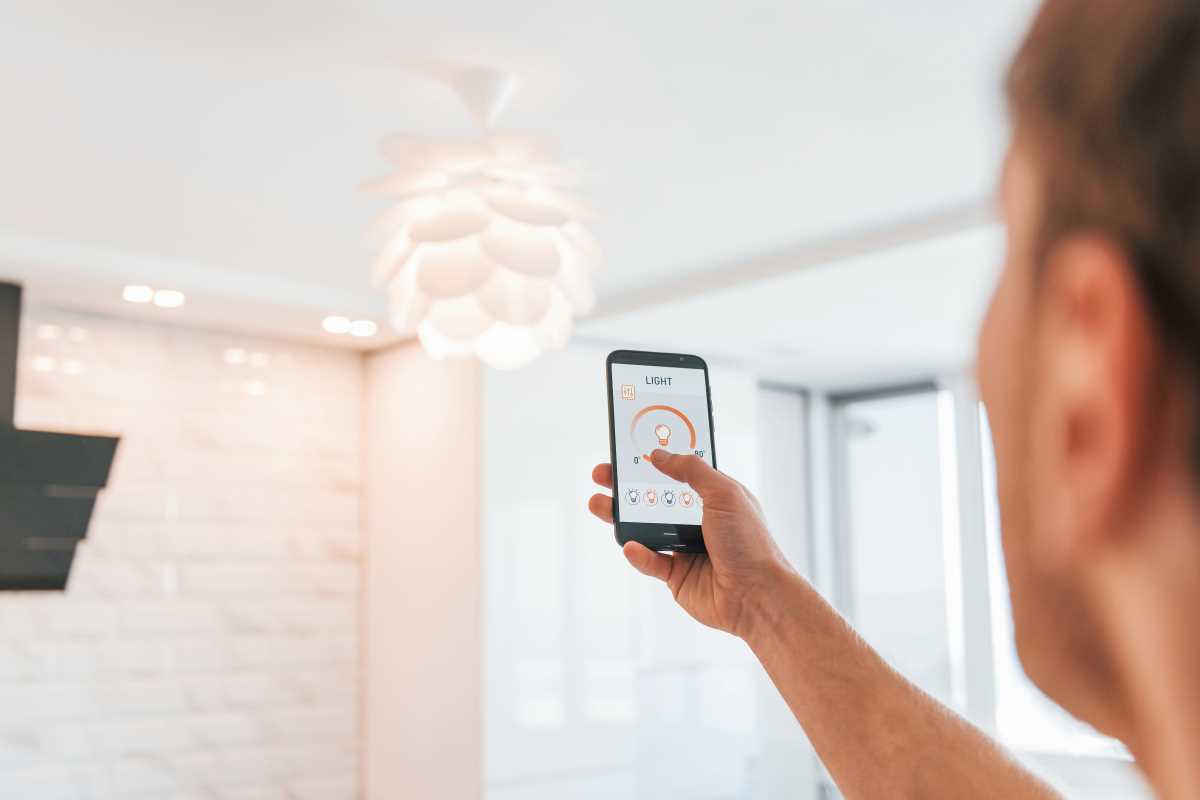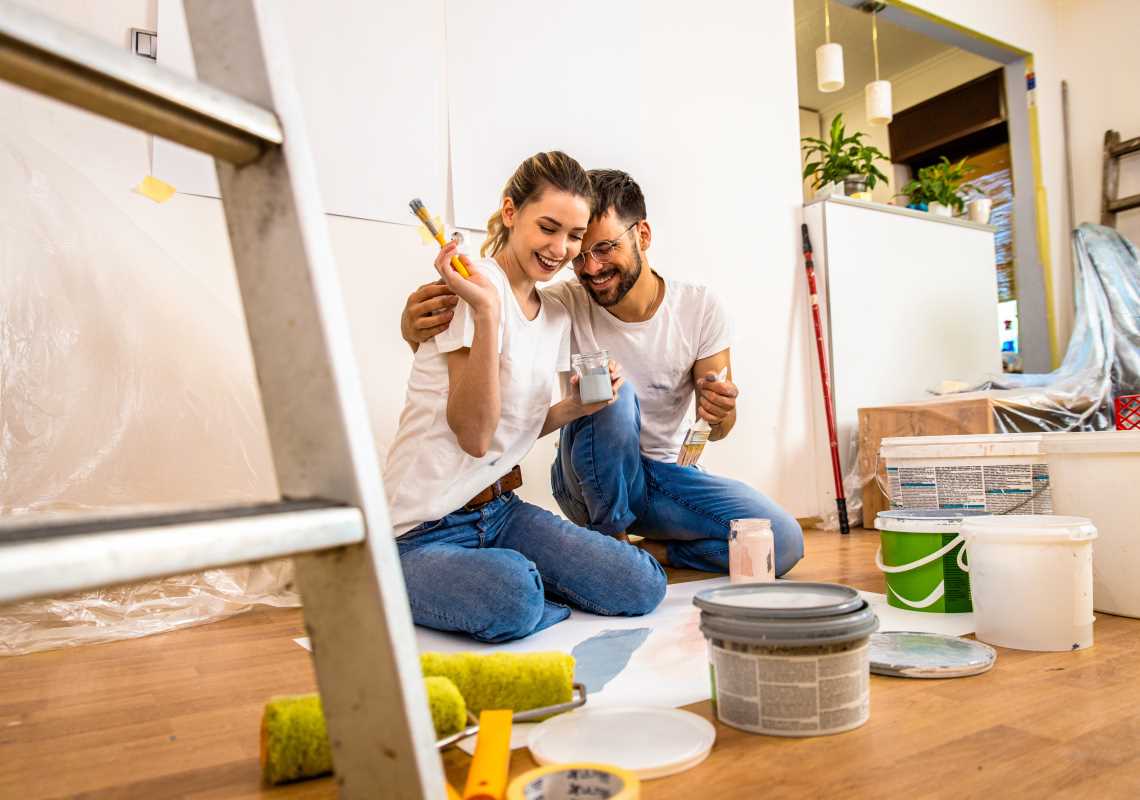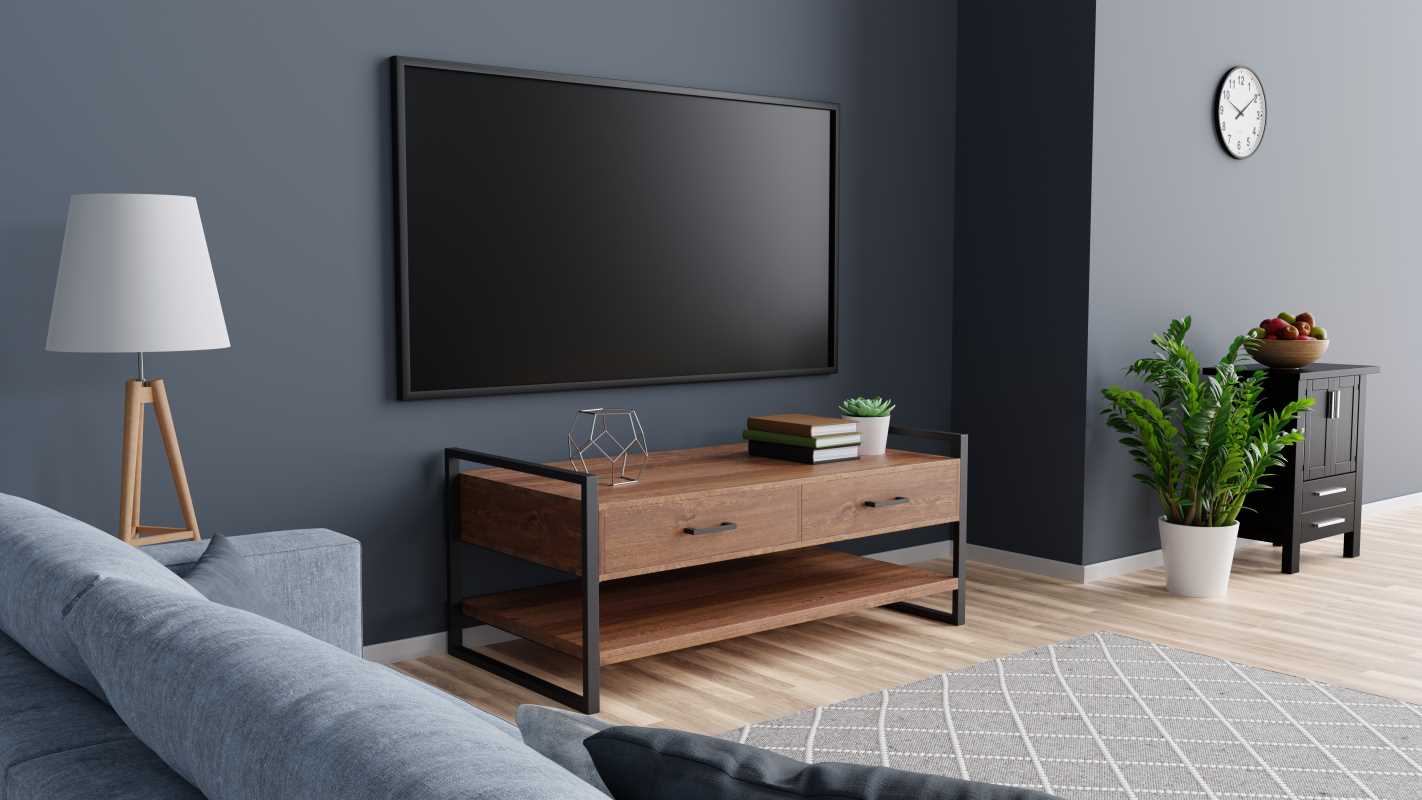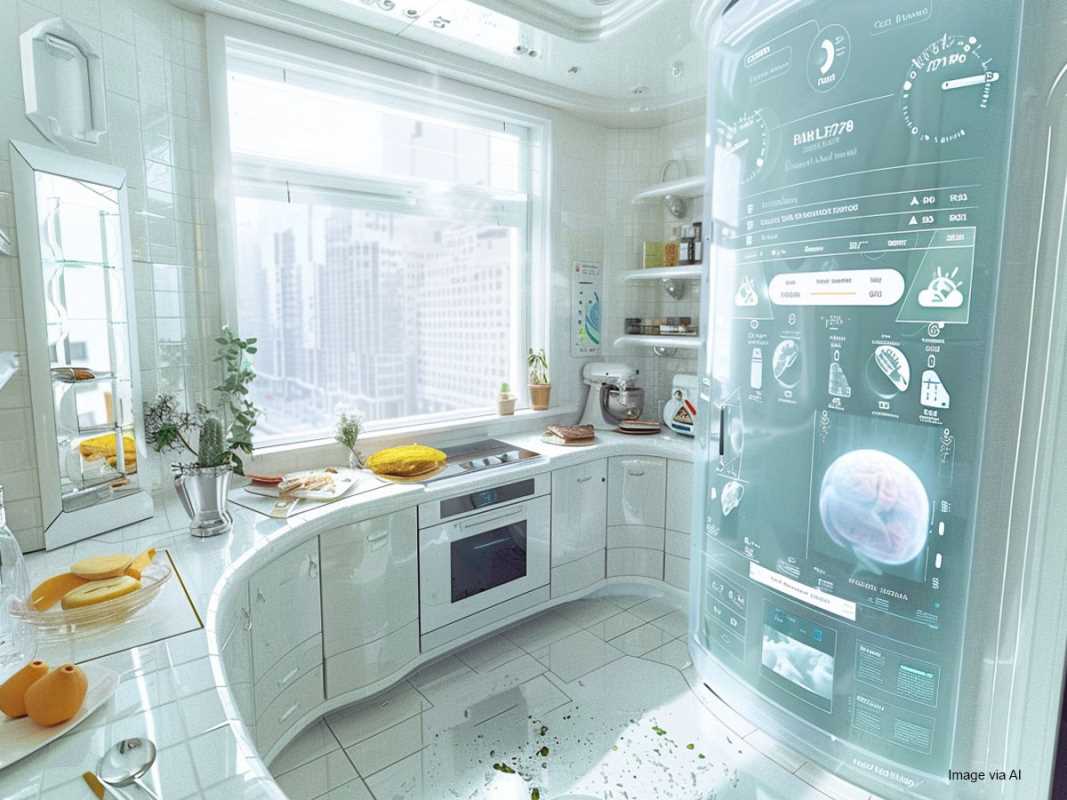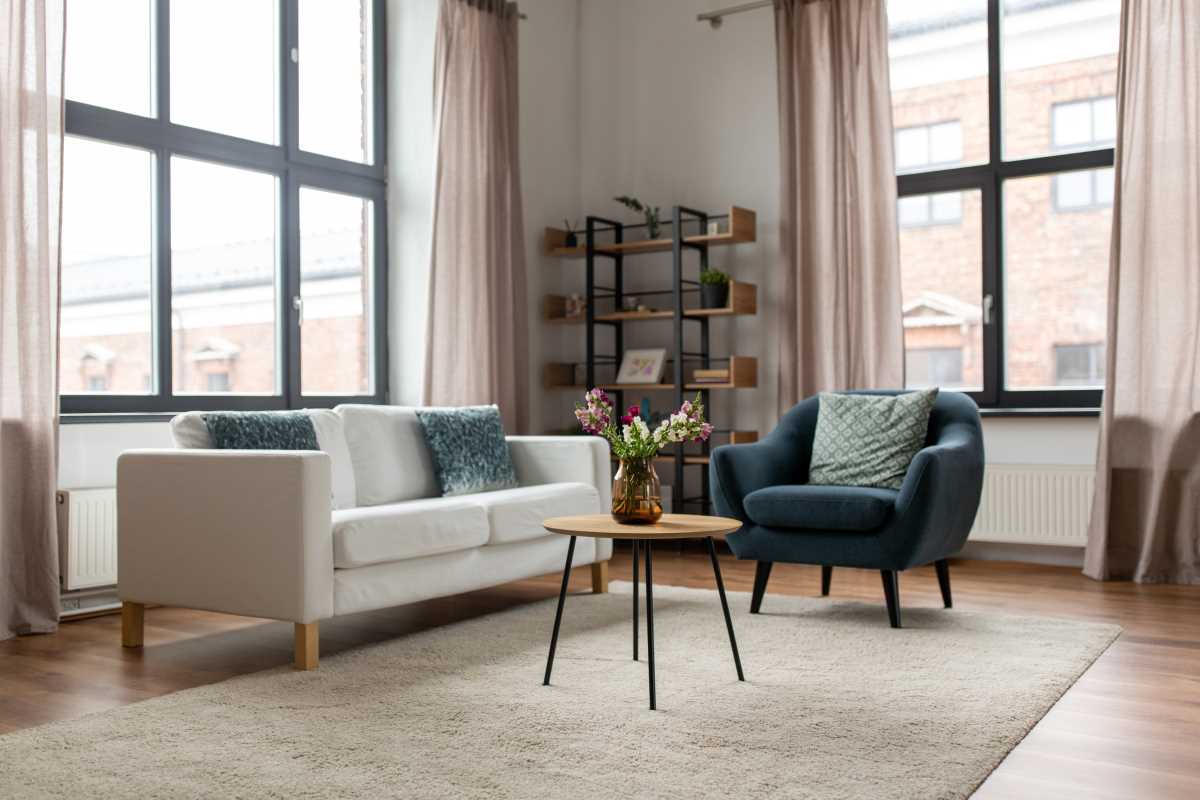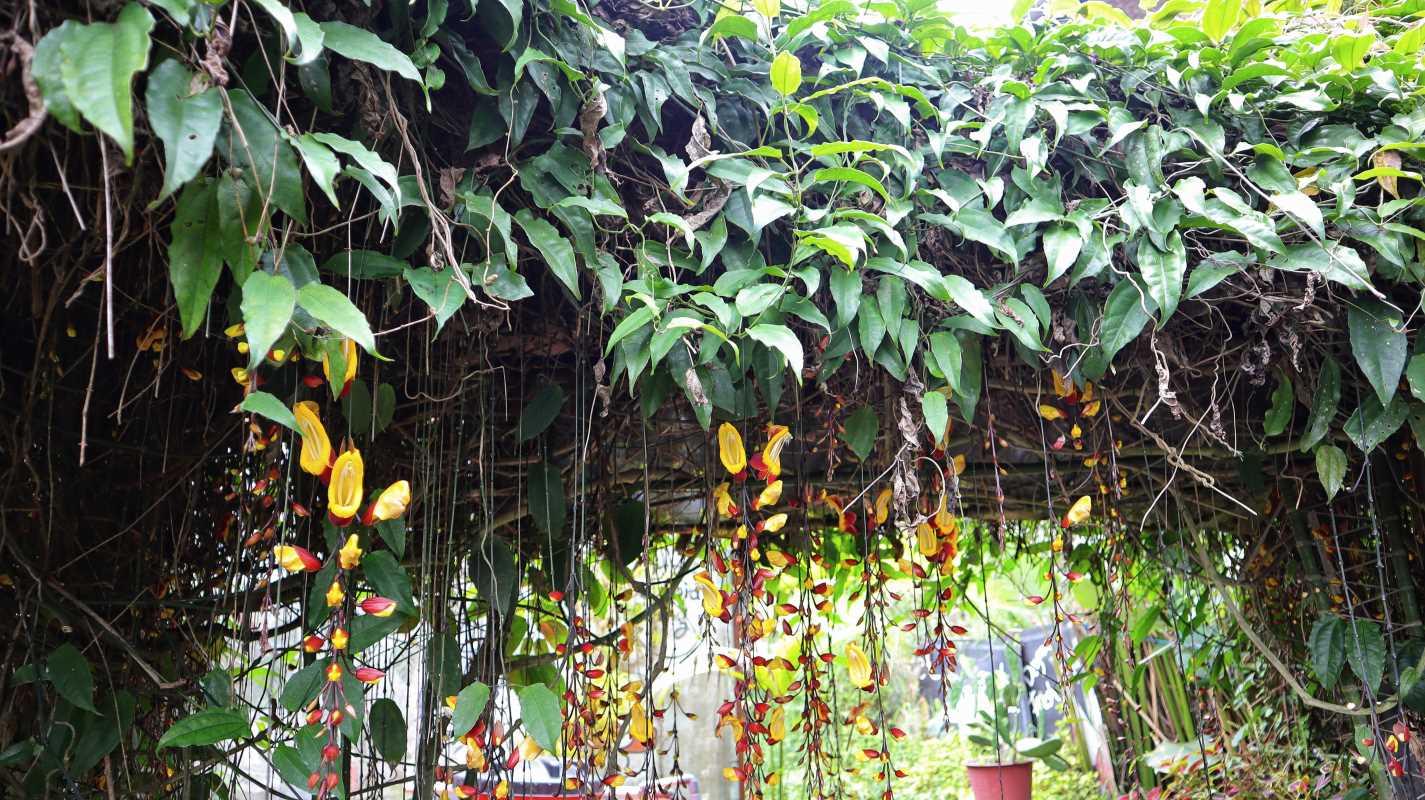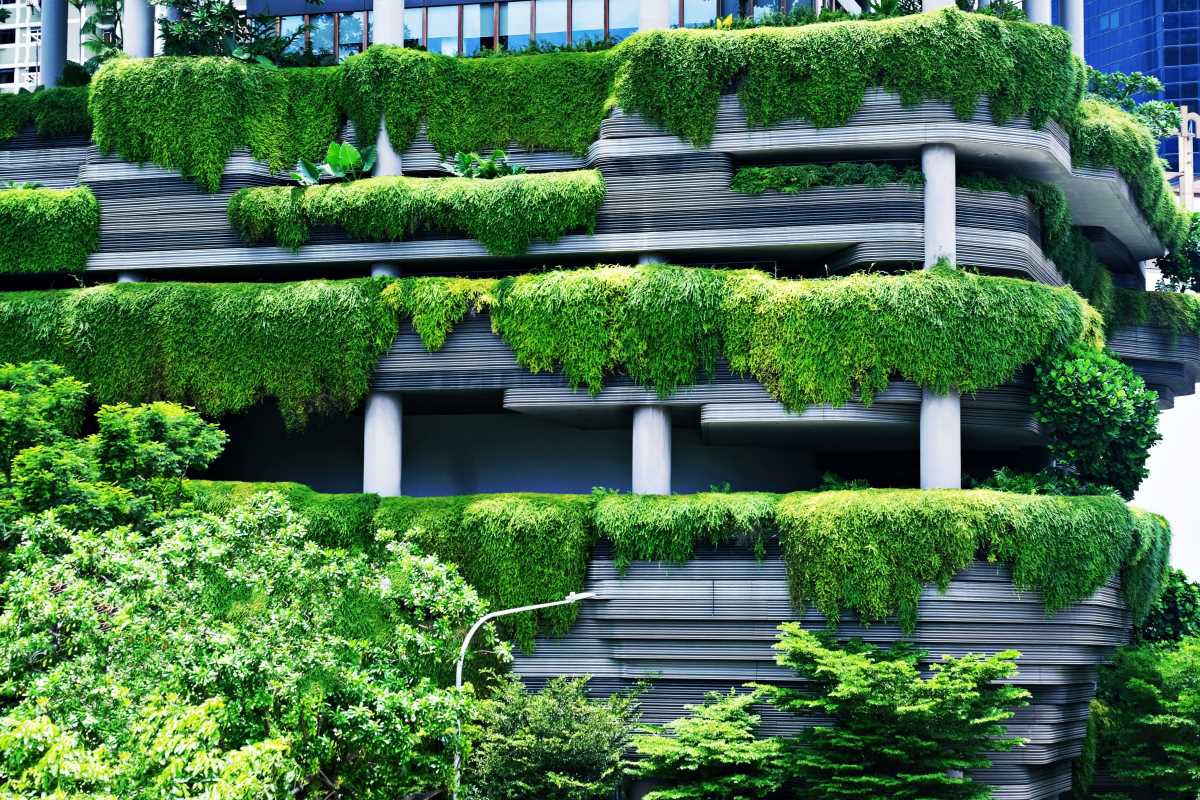Building an eco-friendly home goes beyond a fleeting trend; it embodies a promise to nurture a sustainable future. Every detail of our living environment shapes our environmental impact, with lighting being a key area where we can effect meaningful change. By choosing the right lighting solutions, we not only elevate the aesthetic appeal of our homes but also significantly cut down on energy use. This conscious choice reduces our carbon footprint, making a positive impact on our planet. Through thoughtful lighting decisions, we have the power to contribute to a healthier and more sustainable world for generations to come.
Understanding Low-Impact Lighting
Low-impact lighting refers to lighting options that minimize environmental harm throughout their lifecycle. This begins with the materials used in manufacturing. Sustainable lighting products often incorporate recycled materials and avoid harmful substances, ensuring that their production process has a lower carbon footprint. These products are engineered for durability, reducing the frequency of replacements and the associated waste.
The end-of-life stage holds equal importance. Low-impact lighting solutions typically offer recyclability or biodegradability, ensuring they do not contribute to landfill waste. Manufacturers committed to sustainability provide take-back programs that encourage consumers to return used products for proper recycling or disposal. By choosing low-impact lighting, you support a circular economy that prioritizes resource conservation and waste reduction.
Benefits of Energy-Efficient Lighting
Switching to energy-efficient lighting provides numerous advantages that benefit both the environment and your wallet:
- Reduced Energy Bills: Energy-efficient bulbs consume significantly less electricity, leading to noticeable savings on your monthly utility bills.
- Lower Carbon Emissions: Using less energy helps decrease the overall demand on power plants, resulting in fewer carbon emissions.
- Longer Lifespan: Energy-efficient bulbs typically last much longer than traditional incandescent bulbs, reducing the frequency and cost of replacements.
- Improved Light Quality: Modern energy-efficient lighting provides better illumination with options for adjustable brightness and color temperature, enhancing the ambiance of your living spaces.
- Environmental Preservation: Reduced energy consumption contributes to the conservation of natural resources and lowers the environmental strain caused by energy production.
Types of Energy-Efficient Lighting Solutions
Several energy-efficient lighting options are available, each with unique features and benefits:
- LED Bulbs: Light Emitting Diodes are highly efficient, offering bright light with minimal energy use. They come in various shapes and colors, making them versatile for different settings.
- CFL Bulbs: Compact Fluorescent Lamps use less energy than traditional bulbs and have a longer lifespan, though they contain small amounts of mercury.
- Smart Lighting Systems: These systems allow for remote control and automation, enabling you to adjust lighting based on occupancy, time of day, or personal preferences, further enhancing energy savings.
- Halogen Incandescents: While slightly more efficient than traditional incandescent bulbs, halogen bulbs do not save as much energy as LED or CFL options but offer higher color rendering.
- Solar-Powered Lights: Utilizing solar energy, these lights work perfectly for outdoor spaces and reduce reliance on grid power entirely.
How to Transition Your Home Lighting
Making the switch to energy-efficient lighting can be straightforward with the right approach. Start by assessing your current lighting situation—identify which bulbs you use most frequently and consider their energy consumption. Replace high-use bulbs with LED or CFL alternatives to maximize energy savings.
When selecting new lighting products, consider the specific needs of each room. For example, warm lighting may work best for living areas to create a cozy atmosphere, while brighter, cooler lights might suit kitchens and workspaces better. Explore options with adjustable settings or smart controls to enhance both efficiency and functionality.
Related Eco-Friendly Home Improvements
Incorporating energy-efficient lighting represents just one aspect of creating a sustainable home. Complement your efforts with other eco-friendly upgrades, such as eco-friendly paints, which reduce harmful emissions and promote a healthier indoor environment.
Energy-Efficient Lighting Fixture Selection
Choosing the right fixtures is essential to fully utilize the benefits of energy-efficient bulbs. Opt for fixtures designed to accommodate the specific type of bulb you choose, ensuring optimal performance and longevity. Pay attention to the fixture’s design and compatibility with dimming systems or smart controls to enhance both functionality and energy savings.
Enhancing your home with energy-efficient lighting improves comfort, reduces costs, and benefits the environment. Make this positive change for your household and the planet today.
